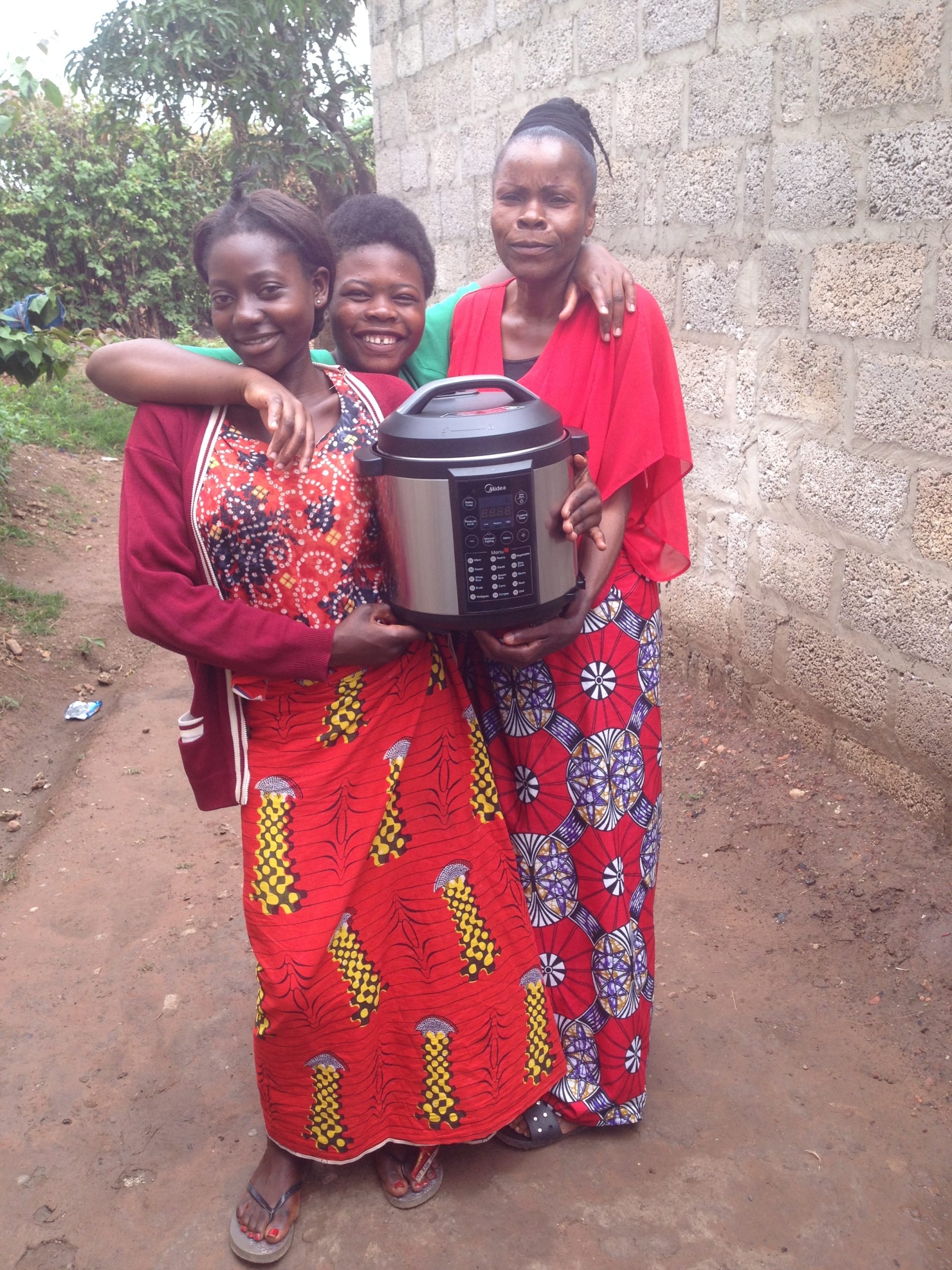
- Date
- 11th November 2024
- Categories
- Carbon Finance, Digital Monitoring, Metered Methodology
By Malcolm Bricknell and Professor Matthew Leach (Modern Energy Cooking Services Programme).
Carbon Credits have become increasingly important as a source of funding to enable the transition to clean cooking to occur. Digital Monitoring, Reporting, and Verification (dMRV) is an approach for organisations to accurately measure, report, and verify emissions using digital data and methods. These approaches leverage advanced technology and data-driven solutions to enhance transparency, accountability and efficiency in carbon accounting processes and are widely recognised as being the most reliable 1.
Clean cooking solutions have very high positive impacts across a range of SDGs in addition to their carbon reduction benefits. This enables cooking projects to obtain relatively high carbon credit prices in recognition of these so-called ‘co-benefits’. Most cooking projects to date have measured these benefits rather superficially, due to the cost and complexity of analysing these impacts in more detail and the modest levels of information required to date by credit buyers. A major obstacle to better reporting of co-benefits has been the costs of measuring and demonstrating these SDG impacts accurately. Digital technology can play an important role in enabling reporting at a wholly different level to earlier practices, especially where impact measurement can “piggyback” off the data platform required for carbon credit certification.
In a report just issued, Matthew Little and Annika Richter consider how simple, reliable, and low-cost solutions for accurately monitoring these impacts, often in real-time, can be provided by using digital technology. They point out that if digital data is already being collected, (for example energy consumption data required for Gold Standard certification using the MMMECD 2), SDG impacts can be derived from energy consumption data or can be monitored alongside with additional sensors, potentially at minimal installation, communication, and database cost.

In their report they identify the SDGs most significant for cooking projects, collate the 17 indicators for those defined in the Gold Standard SDG Tool, and apply a standardised assessment framework to investigate the potential for using digital monitoring solutions for each. They identify eight indicators to be the most suitable for digital monitoring. Indicators measuring contributions to SDG 7 were found to be the easiest, as they may be assessed using energy consumption monitors, which are relatively simple to install at the usage sites and collect data that relates to the impact indicator more directly than in other cases. Additionally, continuous energy consumption monitoring is a requirement for carbon projects applying the MMMECD.
Impact indicators found least suitable for digital monitoring were SDG 5 indicators measuring reductions in time spent on cooking and SDG 1/SDG 7 indicators measuring improvements in household income and access to services. Overall, a number of metrics covering different SDGs were found suitable for measuring using digital techniques-as per their below diagram.

Figure 2. Schematic diagram summarising the result of the indicator assessment highlighting the suitability of indicators for digital monitoring; colours represent the SDGs that the indicators belong to using the official colours of SDGs 1, 3, 5, 7 and 15. Matthew Little.
Gold Standard has now started a pilot programme to test dMRV solutions as part of its plans for end-to-end digitisation of climate and sustainable development impact certification. Running until October 2026, it will assess the potential of digital technologies to enhance the accuracy, transparency, and efficiency of monitoring and reporting for carbon credits and verified impacts under Gold Standard for the Global Goals (GS4GG). The pilot will operationalise the earlier SDG Impact Tool which establishes metrics for demonstrating different SDG impacts and includes opportunities for digital reporting of these.
Conclusion
Digital technology has created the prospect of high-quality data which leads to integrity and transparency in monitoring, reporting and verification of modern energy cooking projects. There is a great opportunity to integrate digital SDG impact reporting alongside carbon emission reductions in reliable, low cost and user-friendly ways. The Matthew Little and Annika Richter report effectively demonstrates the most immediate opportunities to do this, as well as future prospects and should encourage project developers and research organisations to develop the practical tools to allow this to happen.
***************************************************************************************************************
1“A review of the standards, methodologies, technical needs and available resources related to digital
monitoring, reporting and verification for modern cooking devices in the context of carbon finance” Little et al. (2023)
2 https://globalgoals.goldstandard.org/news-methodology-for-metered-measured-energy-cooking-devices/
***************************************************************************************************************
Featured Image: by Nancy Serenje, CEEEZ, Zambia, 2017.